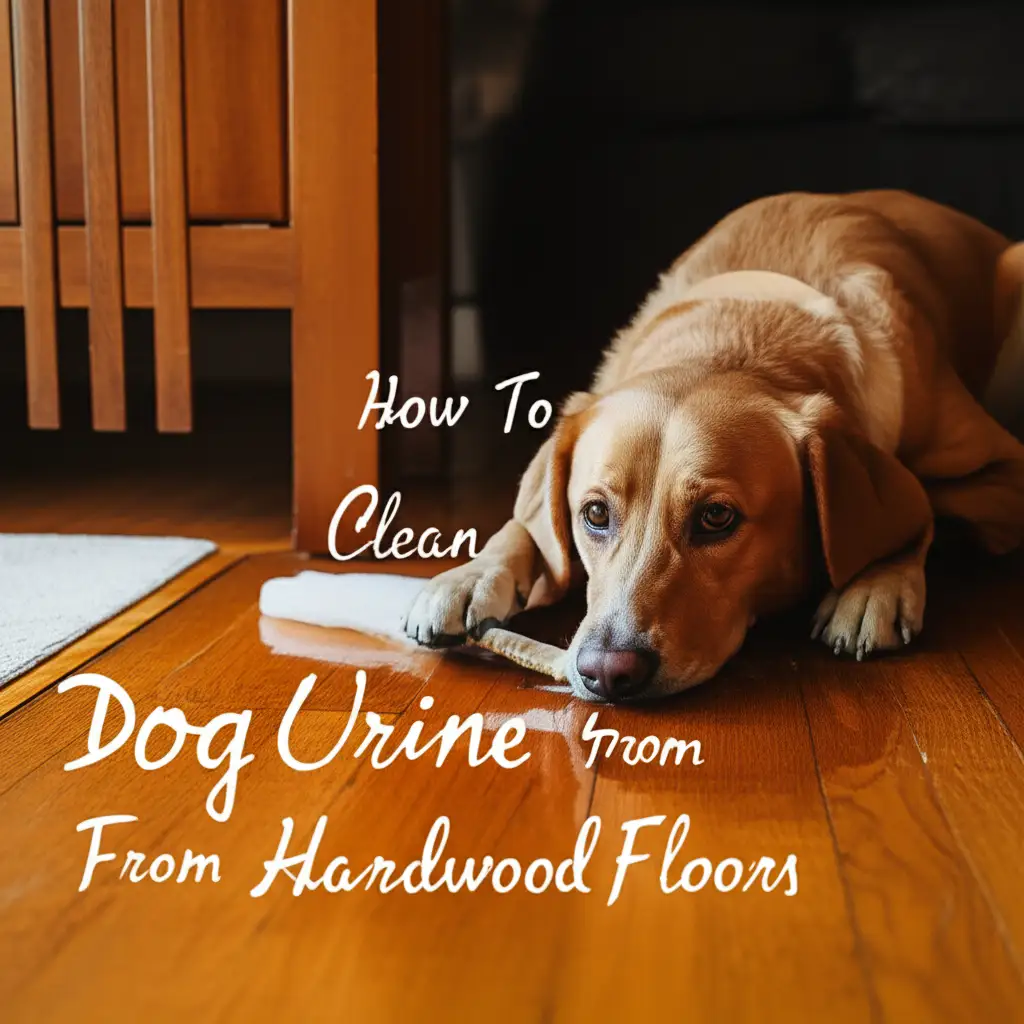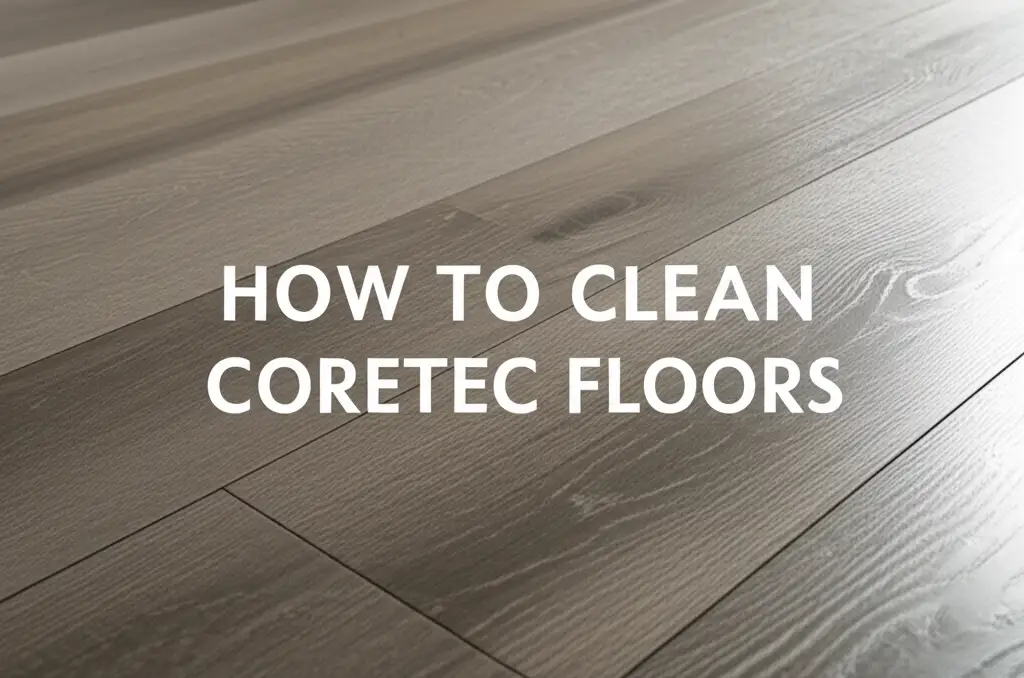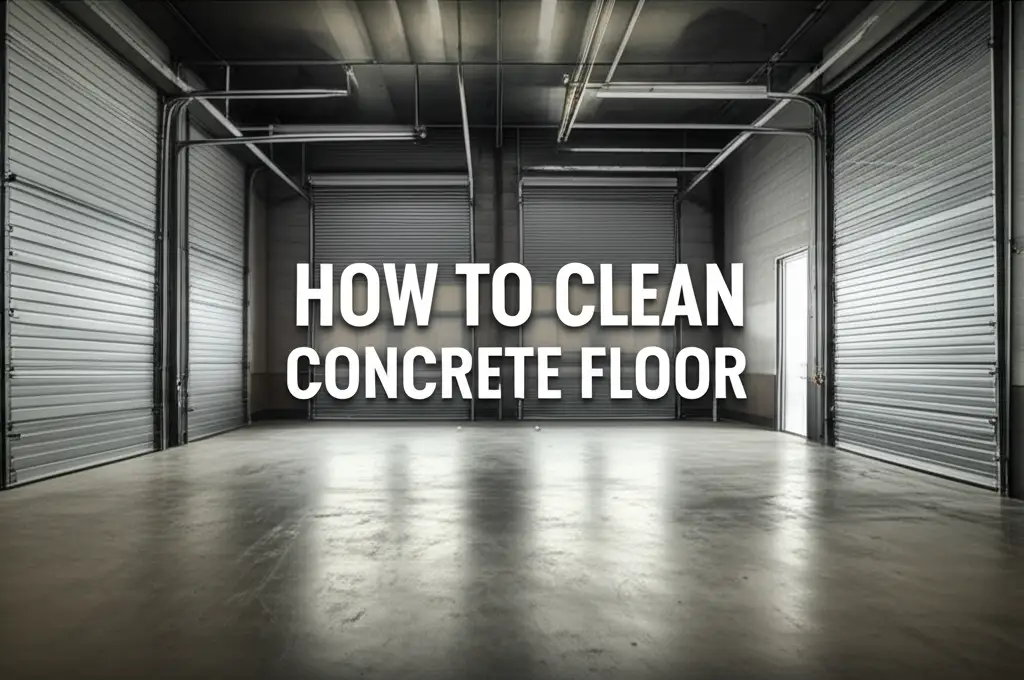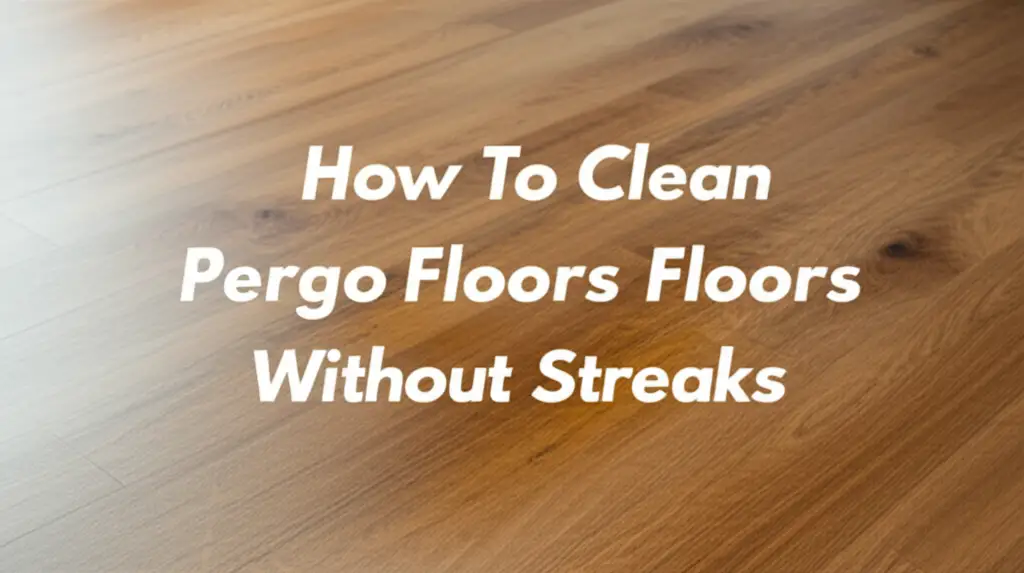· Floor Care · 19 min read
How To Clean Parquet Floors
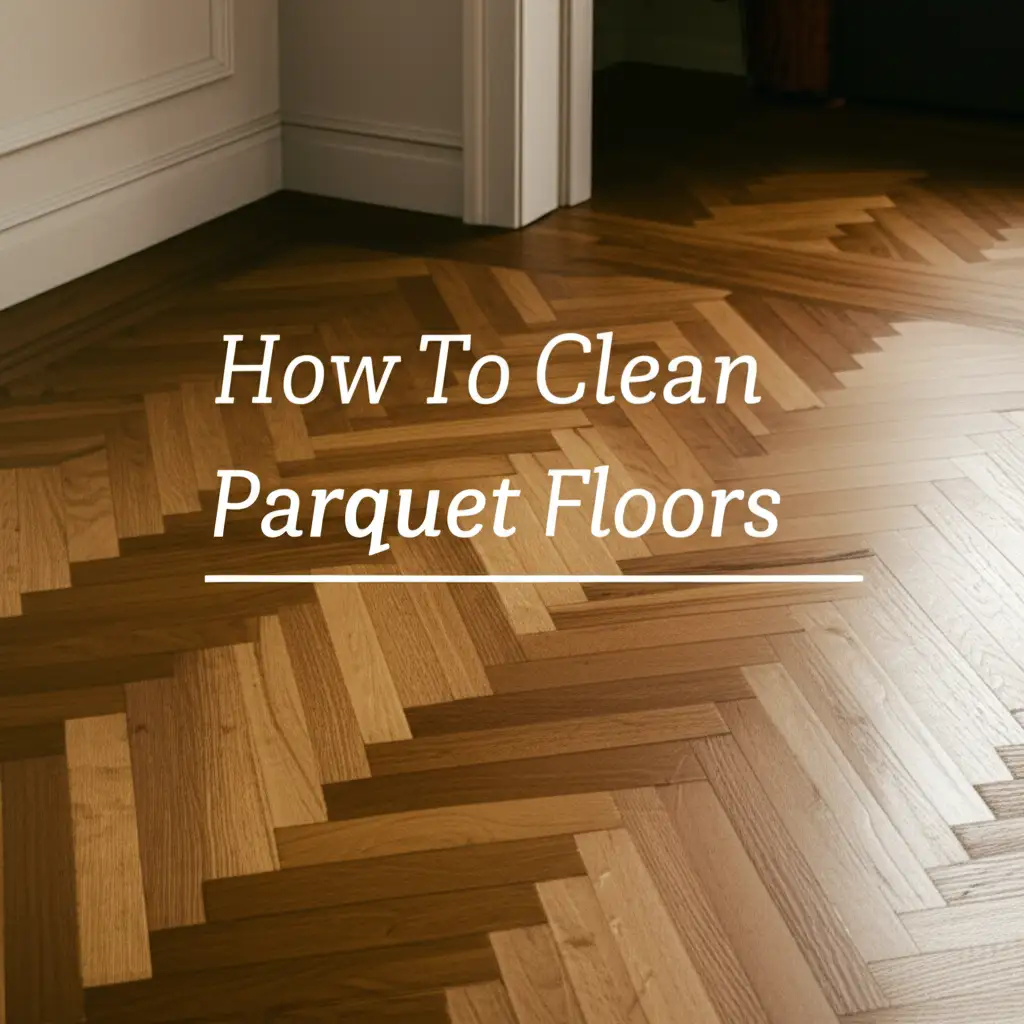
Clean Parquet Floors: Unlock Their Natural Beauty
Parquet floors add warmth and elegance to any home. Their distinct geometric patterns make them a beautiful design choice. However, maintaining their shine requires specific care. Knowing how to clean parquet floors properly prevents damage and keeps them looking their best for years. This guide helps you understand the right tools and techniques.
This article covers essential steps for cleaning parquet floors. We will discuss daily maintenance, routine cleaning, and how to handle spills and tough stains. You will learn about deep cleaning methods and important tips to protect your floors. I will also share common mistakes to avoid. My goal is to give you clear, easy-to-follow advice for preserving your beautiful parquet flooring.
Takeaway
- Dust Regularly: Use a soft dust mop or vacuum with a soft brush attachment.
- Damp Mop Sparingly: Use a well-wrung mop with a wood-specific cleaner.
- Clean Spills Immediately: Blot, do not rub, to prevent damage.
- Protect Your Floors: Use furniture pads and rugs in high-traffic areas.
- Avoid Harsh Cleaners: Do not use abrasive or ammonia-based products.
How do you clean parquet floors?
To clean parquet floors, first, sweep or vacuum them daily to remove dirt. Next, damp mop weekly with a specialized wood floor cleaner and a well-wrung mop. Immediately blot any spills to prevent moisture damage. For tough stains, use gentle, appropriate methods specific to the stain type and floor finish.
Understanding Parquet Floors and Their Needs
Parquet floors are known for their unique, geometric patterns. They consist of individual wood pieces arranged in blocks or tiles. These pieces create a mosaic effect. Parquet can be solid wood or engineered wood. Both types need proper care to maintain their beauty and integrity.
Solid parquet is pure wood throughout its thickness. Engineered parquet has a thin layer of real wood on top of a plywood or fiberboard core. The finish on your parquet floor also matters greatly. Common finishes include polyurethane, oil, wax, or varnish. Each finish responds differently to cleaning products. Knowing your floor type and finish helps you choose the right cleaning method. Using the wrong products can dull the finish or damage the wood itself.
My experience shows that understanding these details saves a lot of trouble. For example, a water-based polyurethane finish is durable and resists moisture better than an oil or wax finish. Waxed floors, on the other hand, require specific wax-friendly cleaners. They also need re-waxing periodically. Incorrect cleaning can strip the wax. This leaves the wood unprotected. You should always check the manufacturer’s recommendations first. This helps you select safe and effective cleaning solutions.
Parquet floors are beautiful, but they can be sensitive to moisture. Because they are made of many small pieces, water can seep into the seams more easily. This can cause the wood to swell, warp, or cup. That is why controlled moisture is key in cleaning. You should never flood a parquet floor with water. Using a barely damp mop is always the best practice. This gentle approach helps preserve the wood. It also protects the intricate pattern of your floor.
Different wood species used in parquet also have varying hardness and porosity. Oak and maple are very dense, while pine is softer. This impacts how they react to cleaning and wear. A softer wood might show scratches more easily. Harder woods can withstand more foot traffic. Regardless of the wood type, regular, gentle cleaning is essential. It extends the life of your parquet. Proper cleaning removes abrasive dirt that can scratch the surface. This keeps your floor looking new for a long time.
Daily Cleaning for Parquet Floors
Daily cleaning is the first and most important step for maintaining parquet floors. Loose dirt, dust, and grit are the main enemies of wood floors. These small particles act like sandpaper underfoot. They can scratch and dull your floor’s finish over time. Regular removal prevents this damage. It also keeps your floor looking clean and inviting every day.
My top recommendation for daily cleaning is using a high-quality dust mop. A dust mop has a wide, flat head covered with a microfibre pad or cotton strands. These materials attract and hold dust effectively. Simply push the dust mop across the entire floor. Pay attention to corners and under furniture where dust collects. You should empty or clean the dust mop pad after each use. This keeps it ready for the next cleaning session.
Another excellent tool for daily use is a vacuum cleaner. If you use a vacuum, make sure it has a hard floor attachment. This attachment typically has soft bristles. These bristles protect your parquet from scratches. Never use a vacuum with a beater bar or rotating brush directly on your wood floors. The stiff bristles can easily damage the finish. A canister vacuum with a floor brush is often a good choice. I find that a quick vacuum pass every day or two makes a big difference. It catches debris that a dust mop might miss.
For busy areas, you might need to clean more often. Entryways, kitchens, and hallways gather more dirt. Daily dust mopping in these zones is crucial. It stops dirt from spreading to other parts of your home. You can also place doormats at all entrances. This simple step traps a lot of dirt before it enters your home. These small daily efforts add up. They prevent major cleaning tasks later on.
I also suggest keeping cleaning tools easily accessible. A dust mop in a nearby closet encourages daily use. Quick clean-ups are less of a chore when the tools are handy. Remember, consistency is key. Daily removal of dry debris protects your parquet. It ensures your floor maintains its beautiful shine. This routine is simple but highly effective for long-term floor care. It sets the foundation for a truly clean parquet floor.
Routine Parquet Floor Cleaning with a Damp Mop
After daily dry cleaning, routine damp mopping gives your parquet a deeper clean. This step removes sticky dirt, grime, and footprints that a dust mop cannot. However, it requires careful execution. Water is the biggest enemy of wood floors. Too much moisture can cause serious damage like warping or swelling. The goal is to use a barely damp mop.
Before you begin damp mopping, always sweep or vacuum your parquet floor thoroughly. This removes all loose dirt and debris. Mopping over dirt will just spread it around. It can also scratch the floor. Once the floor is free of dry particles, prepare your cleaning solution. I always recommend using a pH-neutral wood floor cleaner. Many manufacturers make specific cleaners for wood or hardwood floors. Some people prefer a diluted vinegar solution, but be cautious. While cleaning wood floors with vinegar can be effective, vinegar’s acidity can dull certain finishes over time. Always test in an inconspicuous area first.
When mixing your cleaner, follow the product instructions carefully. Do not use too much cleaner. More is not always better. Excessive cleaner can leave a sticky residue on your floor. This residue attracts more dirt. It can also make your floor look dull. A little cleaner goes a long way. Use warm water for your solution. Warm water helps the cleaner dissolve dirt more effectively.
The most critical part is wringing out your mop. Your mop should be barely damp. It should not drip water. A spray mop or a microfibre flat mop with a wringing mechanism works best. These tools allow for precise control over moisture. If you use a traditional string mop, wring it out until it feels almost dry. My personal trick is to wring it out twice. Then, you can wipe it on a clean towel to remove any last drops.
Mop in small sections. Work your way backward from the farthest point of the room towards the exit. This avoids walking on the freshly cleaned, damp areas. After mopping a section, I like to immediately dry it with a clean, dry microfibre cloth. This ensures no moisture sits on the wood. This extra step is especially important for old wood floors without sanding or those with less protective finishes. This routine should be done weekly or bi-weekly, depending on foot traffic. It keeps your parquet clean without risking water damage. This method helps maintain the floor’s beauty.
Dealing with Spills and Stains on Parquet
Spills and stains are inevitable on any floor, including parquet. Quick action is essential when a spill occurs on your parquet floor. Wood is absorbent. Liquids can seep into the wood grain quickly. This can lead to permanent stains, swelling, or warping. My first rule is: never let a spill sit.
When a liquid spill happens, act immediately. Grab a clean, dry cloth or paper towel. Blot the spill. Do not rub it. Rubbing can spread the liquid further. It can also push the liquid deeper into the wood. Blotting lifts the liquid from the surface. Continue blotting until the area is dry. For sticky or sugary spills, follow up with a lightly damp cloth containing a small amount of pH-neutral wood cleaner. Then, dry the area completely with another clean, dry cloth.
Food spills, like grease or oil, need a slightly different approach. First, carefully scrape off any excess solids with a plastic spatula or credit card. Be gentle to avoid scratching the floor. Then, sprinkle a small amount of cornstarch or baking soda over the greasy spot. Let it sit for 15-20 minutes. This powder will absorb the oil. After it sits, gently sweep or vacuum up the powder. If a mark remains, wipe the area with a cloth dampened with a few drops of dish soap and water. Always dry the spot completely afterwards. This method is effective for fresh oil stains.
For common stains like muddy footprints, wait for the mud to dry completely. Once dry, it becomes brittle. Then, you can easily scrape it off with a soft brush or vacuum it up. Never try to wipe wet mud. This will only spread the dirt and push it into the wood. After removing the dry mud, wipe the area with a damp cloth and dry immediately.
Ink stains or marker marks require more targeted treatment. For these, a small amount of rubbing alcohol on a cotton ball can work. Dab the stain gently. Do not rub. Always test this method in a hidden spot first. Some alcohol can strip certain floor finishes. After treating the stain, wipe the area with a damp cloth and dry it immediately. For stubborn stains, you might consider professional cleaning wood floors service. They have specialized products and knowledge. Always remember that immediate action and gentle methods are key to successful stain removal on parquet.
Deep Cleaning Parquet Floors
Deep cleaning parquet floors is not a daily or weekly task. It is something you do occasionally, perhaps once or twice a year. This type of cleaning tackles built-up grime, residue, and refreshes the floor’s appearance. It is more thorough than routine damp mopping. However, it still requires great care due to the wood’s sensitivity to moisture.
Before starting a deep clean, ensure your floor is completely free of loose dirt. Sweep, vacuum, and even perform a routine damp mop first. This prepares the surface for the deeper cleaning process. Using a specialized wood floor cleaner designed for deep cleaning is highly recommended. These products are formulated to break down stubborn dirt without harming the finish. Always check the product label for specific instructions. Some cleaners might require dilution, while others are ready to use.
For deep cleaning, you often use a spray mop or a well-wrung flat mop. Apply the cleaner directly to a small section of the floor or to the mop pad, never directly pour it onto the floor. Work in small areas, about 3x3 feet at a time. This prevents the cleaning solution from sitting on the wood for too long. Gently scrub the section with your mop, applying light pressure. Focus on areas with visible grime or build-up.
After scrubbing a section, immediately wipe it dry with a clean, dry microfibre cloth. Do not let the cleaner air dry on the floor. This can leave streaks or residue. Move to the next section and repeat the process. Change your mop pad or rinse it frequently to avoid spreading dirt. If using a traditional mop, change the water in your bucket often. Dirty water will just redeposit grime. My approach is to have multiple clean microfibre pads ready. This makes the process efficient.
For waxed wood floors, deep cleaning involves specific steps. You might need to remove old wax buildup before applying a new coat. This usually involves a wax stripper, followed by careful re-waxing. Always consult specific guides for waxed floors. If your parquet is engineered or has a polyurethane finish, common deep cleaning methods are generally safe. Products like Bona for engineered wood floors are popular for their effectiveness and safety.
Deep cleaning gives your parquet floors a renewed look. It removes embedded dirt and enhances the natural beauty of the wood. Remember, less is more when it comes to moisture. Patience and thorough drying are key to a successful deep clean that protects your investment. This occasional effort makes a big difference in maintaining your floor’s longevity and appeal.
Protecting Your Parquet Floors
Cleaning parquet floors properly is important. But protecting them is equally crucial for long-term beauty. Prevention is better than constant cleaning or costly repairs. Simple habits and protective measures can significantly extend the life and luster of your parquet. I always advise my clients to focus on these preventative steps.
First, consider using area rugs and mats. Place durable doormats at all entryways. These mats trap dirt, grit, and moisture before they spread onto your parquet. This drastically reduces the amount of abrasive particles that can scratch your floor. In high-traffic areas, like hallways or living rooms, strategically placed area rugs offer extra protection. They shield the wood from daily wear and tear. Choose rugs with non-slip backings to prevent accidents and ensure stability.
Furniture is another common cause of parquet damage. Chairs, tables, and sofas can scratch the floor when moved. Apply felt pads to the legs of all furniture that sits on your parquet. These small, inexpensive pads create a soft barrier. They allow furniture to slide without scratching. Check these pads regularly. Replace them if they become worn or fall off. For very heavy items, use furniture coasters when moving them. This prevents dents and scrapes.
Control of humidity is also vital for wood floors. Extreme changes in humidity can cause wood to expand or contract. This leads to gaps, buckling, or cupping. Aim to maintain a consistent indoor humidity level, ideally between 35% and 55%. A humidifier in dry climates or a dehumidifier in humid ones can help. Monitoring humidity with a hygrometer is a good practice. This prevents wood stress.
Trim your pet’s nails regularly. Sharp claws can easily scratch and gouge wood floors. Regular trimming keeps their nails blunt and less damaging. For active pets, consider pet booties or additional rugs in their play areas. This protects the floor from their playful energy. These small actions make a big difference. They help your parquet stay smooth and unblemished.
Finally, avoid wearing shoes, especially high heels or sports cleats, directly on your parquet. These can cause dents and deep scratches. Encourage family members and guests to remove shoes at the door. Provide comfortable slippers for indoor use. This simple rule protects your floor from unnecessary wear. By implementing these protective measures, you are actively safeguarding your beautiful parquet. It means less intensive cleaning and more enjoyment of your pristine floors.
Common Parquet Cleaning Mistakes to Avoid
When cleaning parquet floors, what you avoid is as important as what you do. Many common cleaning mistakes can cause serious, long-term damage to your beautiful wood. Knowing these pitfalls helps you protect your investment and keep your floors looking their best. I often see people make these errors without realizing the harm they cause.
The most critical mistake is using too much water. Wood and excessive moisture do not mix. Parquet floors, with their many seams, are especially vulnerable. Flooding the floor with water, using an overly wet mop, or letting spills sit for too long can cause irreversible damage. This includes warping, cupping, swelling, or even mold growth. Always use a barely damp mop. Immediately wipe up any standing water. This is the golden rule for wood floors.
Another common error is using the wrong cleaning products. Avoid harsh chemicals like ammonia-based cleaners, abrasive powders, or multi-surface cleaners not specifically designed for wood. These products can strip the finish, leave dull residues, or dry out the wood. Bleach is also a definite no-go; it can permanently discolor and damage wood. Stick to pH-neutral wood floor cleaners recommended by the manufacturer. These are gentle and effective.
Using improper cleaning tools can also harm parquet. Vacuums with a beater bar or stiff brushes can scratch the finish. Abrasive scrub brushes or steel wool will leave permanent marks. Always use soft-bristled vacuum attachments or a dust mop. For scrubbing, choose soft microfibre pads or cloths. Your goal is to clean, not to abrade.
Neglecting daily maintenance is a subtle but damaging mistake. Allowing dust, dirt, and grit to accumulate means these abrasive particles are constantly grinding against your floor every time someone walks on it. This leads to tiny scratches that dull the finish over time. Regular dust mopping or vacuuming takes just a few minutes but prevents significant wear. Do not underestimate the power of consistent dry cleaning.
Finally, overlooking the specific finish of your parquet floor is a significant mistake. A floor with a wax finish requires different care than one with polyurethane. Using a water-based cleaner on a waxed floor can strip the wax. Using a wax product on a polyurethane floor can make it sticky or dull. Always identify your floor’s finish and use products compatible with it. When in doubt, consult the manufacturer or a flooring professional. Avoiding these common mistakes ensures your parquet floors remain vibrant and durable for many years. It is about smart, informed cleaning.
Addressing Tough Parquet Floor Challenges
Even with proper care, some challenges like deep scratches, scuffs, or specific types of stains might appear on your parquet floors. These require more targeted solutions than routine cleaning. My approach to these tougher issues focuses on careful remediation to prevent further damage.
For surface scratches and scuffs, a simple trick can often work wonders. For light scuffs from shoes, a clean tennis ball can sometimes buff them out. Rub the tennis ball firmly over the scuff mark. The rubber can lift the mark without damaging the finish. For very minor scratches, specific wood repair markers or crayons, matching your floor’s color, can fill them in. These are easy to use. You just color over the scratch and buff gently with a soft cloth. This helps hide the imperfection.
Deeper scratches are more challenging. They might require a professional touch. Sometimes, a floor wax or a wood filler designed for flooring can help. Apply it carefully into the scratch following product instructions. Then, buff to blend it. For polyurethane finishes, a clear topcoat pen can sometimes seal a deep scratch. However, if the scratch goes deep into the wood or affects a large area, a professional refinishing might be the best option. This restores the floor evenly.
Heel marks are common and often look like dark streaks. You can usually remove these with a pencil eraser. Gently rub the eraser over the mark until it disappears. Then, wipe the area clean with a damp cloth and dry immediately. This method is surprisingly effective for rubber scuffs.
Water stains, if not addressed immediately, can leave dark spots or rings. For light water spots, you might try a soft cloth lightly dampened with mineral spirits. Rub gently with the wood grain. For white water rings, a very small amount of non-gel toothpaste rubbed with a soft cloth might help. Always test these methods in a hidden spot first. If the water has deeply penetrated and caused a dark stain, sanding and refinishing the affected area might be necessary. This is a job for a professional.
Another tough challenge is the buildup of old wax or cleaning product residue. Over time, layers of wax or cleaners can make your floor look dull and sticky. For waxed floors, a specific wax stripper is needed. For polyurethane floors with residue, a professional wood floor cleaning machine might be required. These machines use gentle scrubbers and specific solutions to remove buildup without harming the finish. Do not attempt to remove tough buildup with harsh chemicals. This can cause irreversible damage. These more challenging situations might call for professional assistance. Knowing when to call an expert can save your floor from further harm.
Conclusion
Cleaning parquet floors requires a blend of regular care and specific techniques. My goal has been to provide you with a comprehensive guide. You now understand the importance of daily dust mopping or vacuuming. You also know how to perform routine damp mopping with minimal moisture. We covered immediate spill response and various stain removal methods. The article also emphasized the need for occasional deep cleaning and crucial protective measures.
Remember, the key to maintaining the beauty of your parquet floors is consistency and caution. Avoid common mistakes like using too much water or harsh chemicals. Protect your floors from scratches and humidity fluctuations. These proactive steps ensure your parquet remains a stunning feature in your home. By following these guidelines, you will preserve the intricate patterns and natural warmth of your wood. Your floors will continue to impress for many years to come.
Are you ready to restore your parquet floors to their original glory? Start implementing these cleaning tips today. Your beautiful parquet floors deserve the best care. For more detailed guides on various floor types, explore our other articles on BeACleaner.com. You can find information on everything from how to clean tile floors to specialized hardwood floor cleaning techniques. Keep your home sparkling clean, one floor at a time!
- parquet cleaning
- wood floor care
- floor maintenance
- cleaning tips
- DIY floor cleaning
- hardwood floor cleaning

